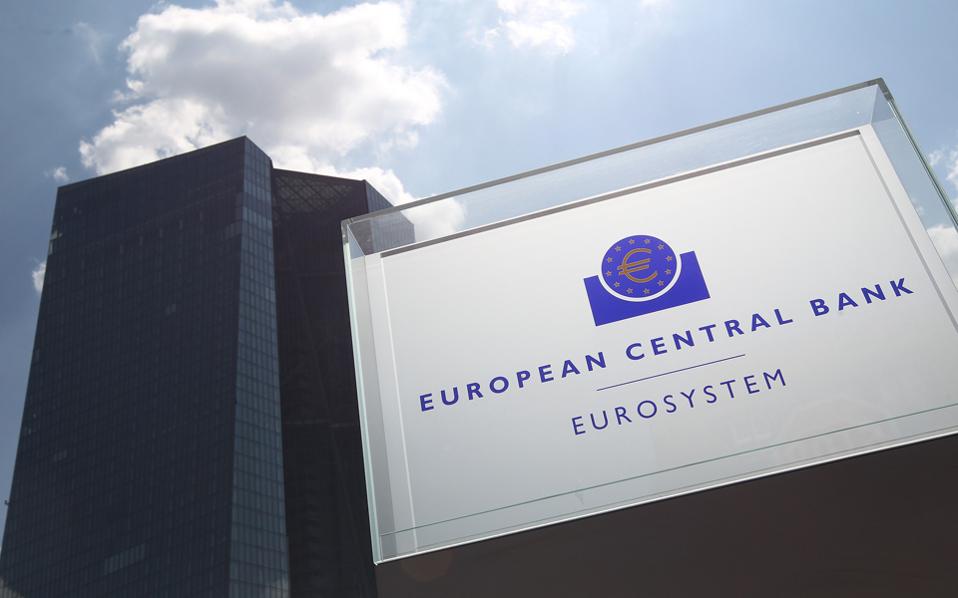At the same time, the ECB is expected to proceed with a further reduction in the other two interest rates (main refinancing and marginal refinancing) in an attempt to limit the large differences that currently exist between them.
Today the deposit acceptance rate (which is now characterized as the base rate and is the one that largely determines the interest rates of the interbank market) is at 3.75%, while the main refinancing rate (with which banks borrow from the ECB) at 4.25% and that of marginal refinancing at 4.5%.
In other words, the first two interest rates differ by 0.5%, while the ECB's intention is to limit this difference to 0.15%.
Therefore, if market expectations are fullfilled and the ECB proceeds tomorrow to cut interest rates, for the second time in a row, the deposit rate (base rate) will be set at 3.5%, the main refinancing rate at 3.65% (i.e. the reduction will be greater - of the order of 0.6%) while the marginal refinancing rate will be 3.9%. This development in Eurozone countries, where more competitive conditions prevail in the banking market, is very likely to benefit borrowers. And this is because the reduction in the cost of raising liquidity from the banks (after the largest percentage reduction in the refinancing rate) can also be passed on to lending rates.
This technical readjustment, as pointed out by ECB officials, is deemed necessary as the liquidity offered by the ECB will be limited with the quantitative easing measures it introduced during the crisis period - basically through the purchase of bonds and the reinvestment of the bonds already held by the Central Bank in the portfolio of - , banks will gradually be led to the "traditional source" of raising liquidity. That is, in the liquidity offered by the ECB in the main refinancing operations with an interest rate that, as we mentioned above, will now be lower, and close to the deposit acceptance rate.
However, the latest data on the evolution of inflation, despite its small increase in July, and the economic development of the eurozone economy, strengthen the arguments of those who estimate that the ECB will proceed with two more interest rate cuts this year. It is recalled that the annual inflation of the European Union was 2.8% in July 2024, from 2.6% in June. A year earlier, the figure was 6.1%. In July 2024, the highest contribution to the annual euro area inflation rate was made by services (+1.82 percentage points, p.p.), followed by food, alcohol and tobacco (+0.45 p.p.). m.), non-energy industrial goods (+0.19 p.m.) and energy (+0.12 p.m.).
On the other hand, the European economy continued to grow at weak rates in the second quarter as well, with the picture improved from the end of 2023, when it showed zero growth rates.
Specifically, in the second quarter of 2024, seasonally adjusted GDP increased by 0.3% in both the euro area and the EU. compared to the previous quarter, In the first quarter of 2024, GDP had also increased by 0.3% in both zones, while in the previous two quarters it had recorded zero growth in the euro area. Compared to the same quarter of the previous year, seasonally adjusted GDP rose by 0.6% in the euro area and by 0.8% in the EU in the second quarter of 2024, following a 0.5% increase in the euro area and 0.6% in the EU the previous quarter.















